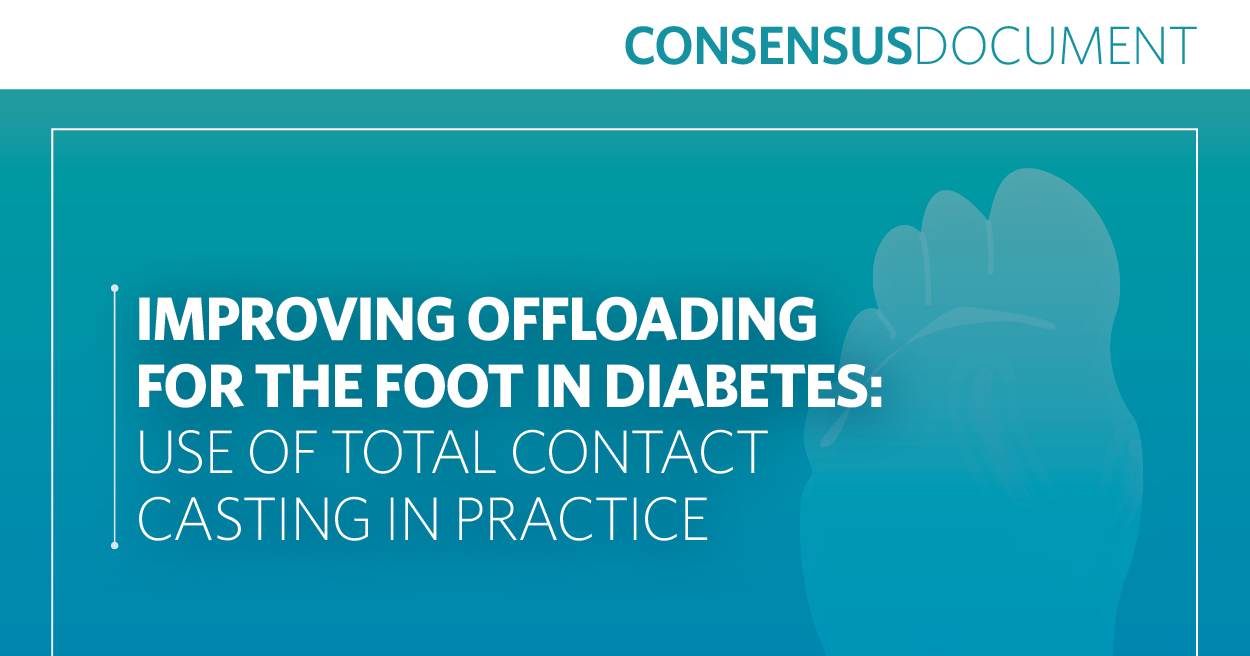A combination of decreased sensation, ischaemia and a decreased tissue response to bacterial invasion all lead to infection in a patient with diabetes (Calhoun et al, 2000). Cellulitis is an inflammatory response caused by bacteria in the skin below the epidermis. In the patient with diabetes, however, there is an impaired or absent inflammatory response (Moore, 1999). An impaired microcirculation is frequently found in the patient with diabetes, and this results in a decrease both of the number of white blood cells and the concentration of antibiotic delivered to the infection site.
Patients may provide a history of a skin injury caused by surgery, trauma, bites or puncture, but frequently are unaware of any such predisposing injury. Typically, the infection develops over days, but certain organisms create a rapidly spreading cellulitis in hours. This was recently highlighted by Large et al (2002) when generalised tetanus following a diabetic foot ulcer was discussed.
This case study examines a previously unreported cause for cellulitis in a man with type 2 diabetes who has peripheral neuropathy.
Patient profile
The patient is a 57-year-old male, with type 2 diabetes which was diagnosed in 1979. He has been managed with insulin (Mixtard 50) since May 2000. He currently lives alone and works as a night-time security guard. He stopped smoking 6 weeks prior to admission and is currently taking the following medication: warfarin, as per his INR (international normalised ratio); lisinopril 20mg / hydrochlorothiazide 12.5mg (Zestoretic20); simvastatin 10mg (Zocor); amlodipine 10mg (Istin); and aspirin 75mg (Angettes).
The patient attended the community podiatry clinic on a regular basis since 1991 and had repeated episodes of ulceration. He also has peripheral neuropathy.
Ankle brachial pressure indices taken in 2001 were indicative of significant peripheral vascular disease. The patient did, however, attend the vascular surgeons in one of the regional units. He was provided with shoes and insoles by the orthotist on a regular basis.
The distal phalanx of his left first toe was amputated in 1999 as the result of ulceration, with underlying osteomyelitis, which failed to heal. The origin of the ulcer appeared to be a trauma in February 1998.
He had successful femoropopliteal bypass grafting of his left leg in November 2002. Since this surgery the patient has persistently complained of his legs being swollen and uncomfortable. Part of the graft site had become infected in his left leg and the vascular surgeons treated this in February 2003 with a course of oral antibiotics (erythromycin 250mg three times daily [tid]).
In March 2003, he was admitted to the local hospital with cellulitis in the right leg, and various other problems including a suspected DVT (deep venous thrombosis) in the left leg and hyperglycaemia. No obvious cause was noted for the cellulitis.
Results of blood tests performed on admission were: ESR (erythrocyte sedimentation rate) 138mm/h; CRP (C-reactive protein) 358mg/l; creatinine 119ml/s; HbA1c 7.8%. The nursing staff deemed him to be at risk of developing pressure ulceration and he was therefore nursed on a pressure-relieving mattress. He developed an ulcer on his right lateral malleolus approximately 1.5cm in diameter with a yellow sloughy base as he persisted on lying with his right leg in an abducted position. Importantly, whilst the use of pressure relieving/reducing equipment minimises risk of pressure ulcer development, it does not always stop them from occurring.
The cellulitis on his right leg failed to resolve after 7 days of IV antibiotics (ciprofloxacin 400mg twice daily [bd]; metronidazole 500mg tds; and flucloxacillin 500mg four times daily [qds]).
On examination he had a large blister on the sole of his right foot which appeared to be full of pus – this was tracking between his fourth and fifth toes unto the dorsum of his foot. Neither the medical nor nursing staff had observed this blister on the previous day.
The blister was aspirated prior to being deroofed (Figure 1). Fluid (15ml) which was serous with some turgidity, was removed. On removal of the overlying tissue a small black fibre was observed at the base of the third ray. Using a pair of locking forceps to extract it, this was found to be a black hair approximately 3cm long – discussion with the patient elicited that he has a black Labrador called Paddy!
Antibiotic therapy
Local wound care including debridement and drainage, adequate pressure relief and antibiotic therapy are all part of a good management strategy (Joseph, 1991). According to Lipsky (1999) it is also important to assess the severity of an infection when selecting an antibiotic regimen.
The patient was already having IV antibiotics, as per the hospital policy; therefore advice from the consultant microbiologist was that swabs or indeed the aspirated fluid would have no significant growth. The cellulitis in his foot failed to regress following the removal of the dog’s hair, so advice from the consultant microbiologist was to change his antibiotic therapy to clindamycin 600mg qds and continue with the ciprofloxacin 400mg bd and metronidazole 500mg tds. Clindamycin penetrates tissue well and acts effectively on S pyogenes, S aureus (not MRSA) and bacteroides (Timbury et al, 2002). It is, however, used with caution because it is associated with antibiotic-associated colitis.
The cellulitis resolved and the foot has healed.
The bigger picture
Extensive searches of literature databases failed to produce any papers where pet hair had caused a foot infection or indeed any infection. Terms used for the search included diabetic foot, cellulitis, infection, dog hair, cat hair, animal hair, foreign body and foreign material. Despite this, many podiatrists can report removing hairs, both animal and human, from the foot.





